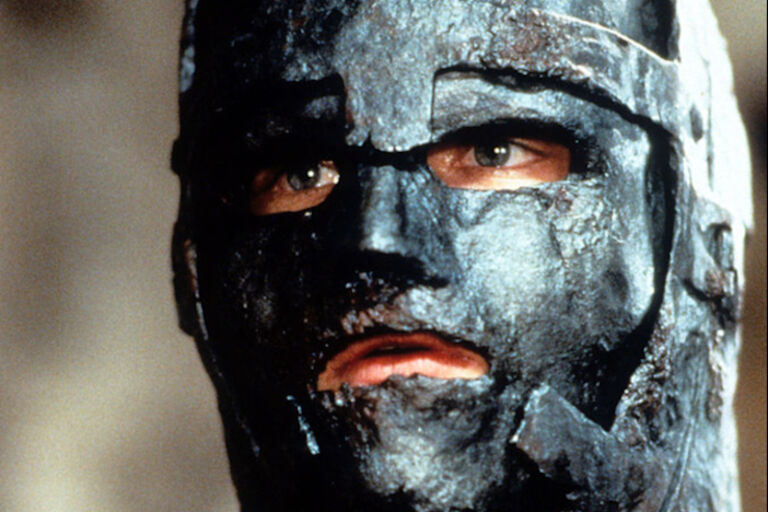An Expert Thinks He’s Finally Figured Out The Identity Of The Real-Life Man In The Iron Mask
During the reign of King Louis XIV, rumors spread across France of a man who had been imprisoned in the infamous Bastille along with several other convicts. While no one knew what his crimes actually were, there was an even greater mystery — no one knew what he looked like. Due to always appearing in front of others with his face obscured, the inmate simply became known as the Man in the Iron Mask. Conspiracies regarding the prisoner’s identity and crimes spread like wildfire, even inspiring several films and books. But now, after 350 years of speculation, an expert believes he may have uncovered the truth...
Separating fact from fiction
Amid the waves of conspiracies, there are some historical facts about this prisoner that can be confirmed. Arrested in 1669, he was first caged at Pignerol sometime prior to 1681 and then moved between several other prisons. Eventually, he was confined at the Bastille in Paris from September 18, 1698, onwards. But the inmate’s prison record isn't the only information that has come to light.
Getting personal
On November 19, 1703, the mysterious prisoner passed away. Simply registered under the name “Marchioly”, the Man in the Iron Mask was laid to rest in the cemetery of Saint Paul. While his age was listed as “about 45”, his date and place of birth remain unknown. There were, though, some leads that helped theorists to establish an array of plausible theories.
Nailing down the details
If it’s the truth we’re after, it’s probably important to note some crucial historical details. Contrary to his nickname, it’s believed that the prisoner actually wore a black velvet mask, not one made of iron. What’s also curious is that his prison life corresponded perfectly with the career of prison governor Bénigne d’Auvergne de Saint-Mars, who seems to have been his supervisor. Naturally, this combination of mystery and synchronicity spawned many a theory as to the prisoner’s true identity.
Turning heads
The tale of the Man in the Iron Mask became so legendary that it even piqued the interest of iconic philosopher Voltaire and esteemed writer Alexandre Dumas. Naturally, these well-respected figures developed their own intriguing theories about the mysterious prisoner.
